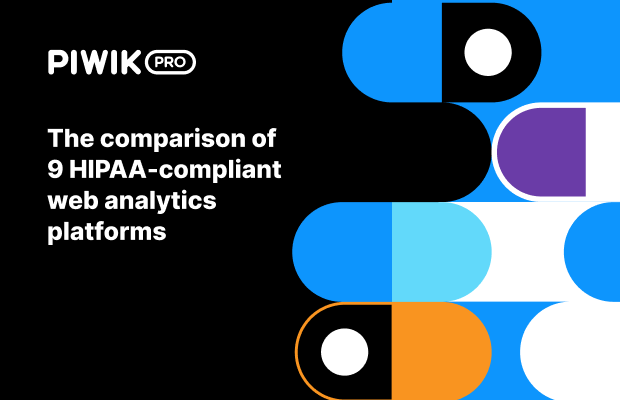Adobe Analytics is part of the Adobe Experience Cloud. This analytics platform facilitates marketers’ work by enabling them to improve all the website’s important marketing indicators.
Adobe Analytics also comes with a robust set of tools, including Reports & Analytics, Analysis Workspace, Report Builder, and Ad Hoc Analysis. This set of products allows marketers to apply detailed segmentation and real-time analytics across different marketing channels.
The foundation of Adobe Analytics is the SiteCatalyst solution by Omniture, which was acquired by Adobe in 2009.
Adobe features
Adobe Analytics offers a wide range of built-in features and integrations, but the implementation and customization options may be challenging if you are not a power analytics user. Adobe Analytics can be integrated with other Adobe marketing products like Adobe Campaign or Adobe Target. In addition to advanced segmentation and real-time automation, it offers ad-hoc analysis. Moreover, with Adobe you will have extensive online documentation at your fingertips, and you can reach out to the community. But Adobe Analytics support does not provide implementation services or training.
Adobe charges based on every 1,000 server calls (page views + downloads + custom events) generated from the client’s website.
Its customers include Sony, Asos, and B&Q.
Adobe Analytics benefits:
- A bespoke solution allowing you to fully customize your data collection and reporting.
- Vast features and functionalities. Particularly when it comes to segmentation capabilities, it offers flexibility and customizability.
- Fully-featured ecommerce tracking.
- Real-time reporting capabilities, including a real-time API.
Adobe Analytics disadvantages:
- One of the most expensive solutions on the market.
- Requires technically skilled analysts to use all the features and set the platform up correctly.
- Doesn’t integrate well with Google products.
- Doesn’t offer personalized support and onboarding.
You may also like:
Piwik PRO vs. Adobe Analytics: Comparison of enterprise analytics platforms Google Analytics alternatives – free and paid Piwik PRO vs. Universal Analytics & Google Analytics 4








